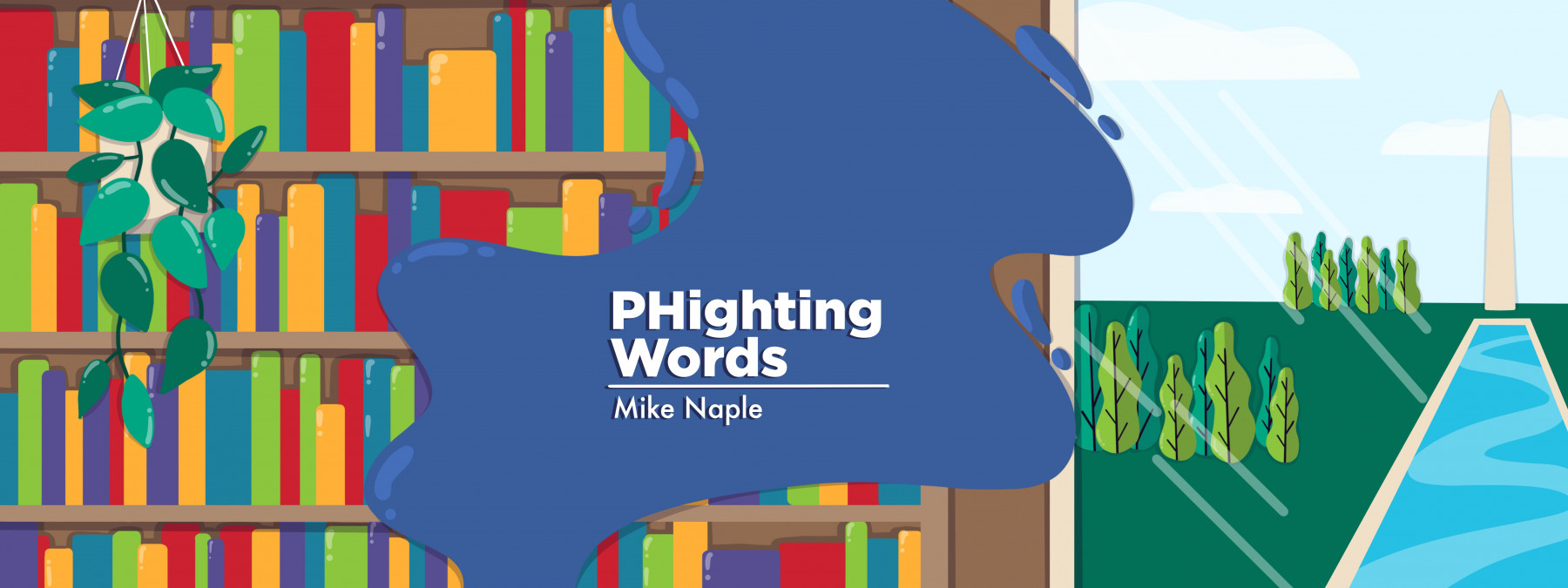Where My PH Diagnosis and Disability Identity Intersect

I haven’t always identified as disabled, even though I lived with disability long before my initial pulmonary hypertension diagnosis in 2016. Adjusting to life with a chronic illness that affects breathing awakened a connection inside me to disability as part of my identity — one I felt had been dormant since childhood.
I have navigated this world as a person with scoliosis since birth and someone who speaks with a noticeable stutter. These are two defining facets of my existence, yet growing up, I never thought of myself as a disabled person. As naive and uncomfortable as this probably sounds, I wasn’t sure if I qualified or met the societal standard of what the broader public perceives disability to be. I would like to think that’s because I did not possess the proper vocabulary or understanding at the time.
But we live in a world where projections of uncomfortable feelings, even hostility, toward illness and disability can cause members of our community to retreat rather than to take up space, myself included. I know that because of my own internalized ableism, disability has at times made me feel like an outsider, even if disability was not the word I used to identify myself at the time. Ableism drives plenty of stigma to the point where getting squeezed by a boa constrictor can feel more comfortable than being a person in the world with a disability or a chronic illness.
And yet we exist. One in four adults in the United States is disabled. Yet, an unfortunate conception of disability is that it must accompany some physical denotation to signal this identity to an abled individual. The expectation of a wheelchair, a cane, or another type of mobility or adaptive device is not only ableist, it also excludes the many people in the disabled and chronic illness community with an invisible disability that might not be apparent just by looking at them. I’ve noticed how people’s behavior toward me can change if I’m using my portable oxygen concentrator and they can see my cannula.
Using a portable oxygen concentrator in public has informed my own personal understanding of my disability identity. And I would be lying if I didn’t say there are some places where I don’t readily wear a cannula because I fear being perceived by others as “less than.” But here’s the thing: There are people in the PH community who use oxygen therapy, have pumps to deliver their medicine, or use other devices to help them breathe and improve their quality of life. We need to normalize these accommodations in all settings, including at work, within the family, in relationships, and during recreation.
July is Disability Pride Month and the 31st anniversary of the signing of the Americans with Disabilities Act (ADA). I’m taking this opportunity to check in on my own journey, because I believe individual action and reflection is key to breaking larger societal misconceptions and stigmas about disability and chronic illness.
I have found that recognition and acceptance come before feelings of pride associated with any identity. Being diagnosed with pulmonary hypertension has moved me along that spectrum in a big way and has helped shape my identity as a disabled person in the last five years.
To me, pride means challenging ableist thinking and tired stereotypes, fighting for representation in media and popular culture, and advocating for civil rights for fellow members of the disability community. It means saying the word disability in this column and in future writings.
In the spirit of this month, I would encourage people to embrace a broader understanding of disability beyond the ADA. While this national civil rights law for the disability community is incredibly important, and future policies should make the ADA stronger, it is not the final word on disability in America.
Curbing ableism in our society is no easy feat, but that doesn’t mean efforts to stomp it out should be characterized as a quixotic undertaking. On the contrary, I would argue that the COVID-19 pandemic and the long-haulers illustrate why we need to do more to reframe what it means to be disabled, and to dispel prevailing views of disability and chronic illness as problematic and disposable.
While it’s hard to feel prideful toward a diagnosis like PH, I do hold pride in my sense of identity as a disabled, chronically ill person — one among many in a broad, diverse community of folks who are unafraid to raise their voice and advocate for a better quality of life.
What does Disability Pride Month mean for you? Please share in the comments below.
Follow Mike on Twitter: @mnaple.
***
Note: Pulmonary Hypertension News is strictly a news and information website about the disease. It does not provide medical advice, diagnosis, or treatment. This content is not intended to be a substitute for professional medical advice, diagnosis, or treatment. Always seek the advice of your physician or other qualified health provider with any questions you may have regarding a medical condition. Never disregard professional medical advice or delay in seeking it because of something you have read on this website. The opinions expressed in this column are not those of Pulmonary Hypertension News or its parent company, Bionews, and are intended to spark discussion about issues pertaining to pulmonary hypertension.









Leave a comment
Fill in the required fields to post. Your email address will not be published.